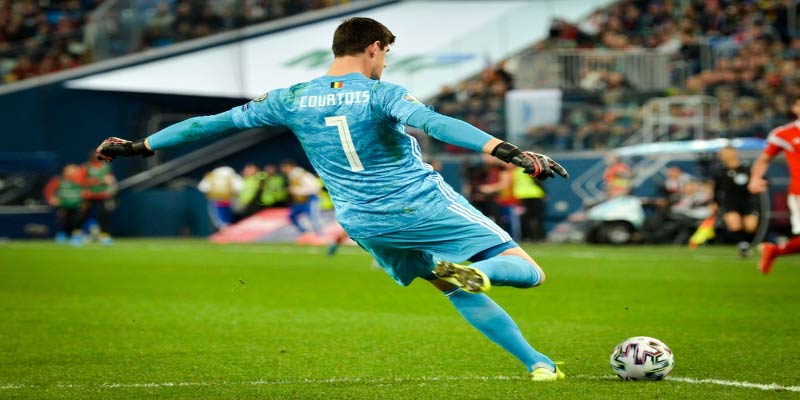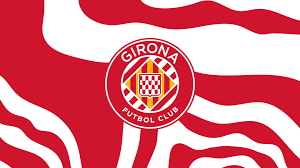
Goal-Kick Secrets in Football: How It Shapes the Game’s Outcome!
In football, a goal-kick is a key restart that occurs when the ball goes over the goal line last touched by an attacking player. Understanding its role is crucial, as it can influence team tactics and match outcomes. This post explores the definition, importance, and tactical considerations of goal-kicks, as well as the common challenges teams face when executing them. For more insights, check out 77BET, your go-to source for football analysis and betting strategies.
Introduction to Goal-Kick in Football
The goal-kick is a fundamental part of football that often goes unnoticed amidst the more glamorous aspects of the game. However, its role is crucial in maintaining the flow of play and offering teams a strategic opportunity to regroup.
The definition of Goal-Kick and its role in the game
A goal-kick is awarded to the defending team when the ball crosses the goal line, having been last touched by an attacking player, without resulting in a goal. As per the Laws of the Game, the goal-kick must be taken from within the goal area, which creates a defined space for the defending side to restart the action.
The significance of a goal-kick extends beyond merely resuming play. It serves as a moment for teams to reorganize, assess their positioning on the field, and potentially launch counter-attacks against the opposition. Thus, what may seem like a simple act of restarting play can evolve into a critical tactical maneuver.
Rules regarding Goal-Kick in football
Understanding the rules governing goal-kicks is essential for players, coaches, and fans alike. According to the International Football Association Board (IFAB), several key regulations dictate how a goal-kick should be executed:
- The ball must be stationary when the kick is taken.
- The ball must leave the penalty area before it can be played by another player.
- Opposing players must remain outside the penalty area until the goal-kick has been taken.
These rules are designed to maintain fairness and fluidity in the game. However, they also open up avenues for tactical variations, such as short goal-kicks aimed at creating quick passing opportunities or long kicks intended to target aerial threats.
Comparing Goal-Kick with other set-pieces (corner kicks, free kicks)
When discussing restarts in football, it’s important to differentiate between a goal-kick and other forms of set-pieces, such as corner kicks and free kicks. Each of these restarts carries distinct characteristics and implications for gameplay.
A corner kick, for instance, occurs when the ball goes out of play over the goal line and is last touched by a defending player. Unlike a goal-kick, a corner kick presents an offensive opportunity for the attacking team to create scoring chances through well-rehearsed routines involving crosses and headers.
On the other hand, free kicks arise from fouls committed by opposing players. They allow for a direct shot on goal if taken from within shooting range or can be utilized to set up intricate passing plays. While all three types of restarts—goal-kicks, corner kicks, and free kicks—serve to reinitiate play, their tactical applications vary significantly, highlighting the complexity of managing set-piece situations effectively.
Conclusion
In conclusion, the goal-kick is much more than a mere formality in football; it is a potent weapon that can shape the course of a match. By understanding its definition, rules, tactical significance, and common challenges, players and teams can unlock the full potential of this crucial aspect of the game.
As we’ve explored, goal-kicks can control match flow, influence strategies, and even alter outcomes in high-stakes situations. While mistakes in execution can present challenges, deliberate practice and strategic awareness can lead to improved decision-making and enhanced performances on the pitch. Whether you’re a player, coach, or avid fan, recognizing the importance of a goal-kick can deepen your appreciation for the beautiful game and its intricate dynamics.



